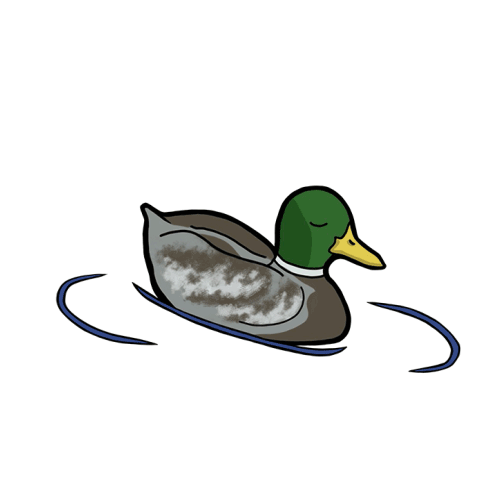Navigating new beginnings: The challenges and triumphs of transfer students
- Aubrey Tuttle, Staff Writer
- Feb 11
- 3 min read

One's college years are often referred to as formative, something to soak in and take full advantage of. However, some find it difficult to take advantage of college when they feel they are at the wrong university. The transfer student experience is a varied one, but many share similar experiences when it comes to the process of assimilating into the Willamette student body.
For Natalie Brauch (’25) and Jimmy Ostler (’26), transferring to Willamette University allowed them to make the most out of their college experiences.
After leaving her previous university, Colorado State, Brauch took a gap year in between transferring and found herself “missing math,” something that she never thought that she would say. After realizing that she wanted to pursue a math major, Brauch decided to transfer to Willamette. Willamette’s program proved to be the perfect place to quell these longings, helping Brauch complete the college experience that she found lacking in her previous university.
However, Brauch also found that being thrown into her sophomore year here at Willamette was a little jarring. She stated, “There is a lot of sort of default treatment of like, ‘Oh you've got four years. You can figure things out.’” Because of this, Brauch did not know about the requirements for classic majors and was unable to squeeze a double major on top of her declared math major.
Ostler recounted a similar experience after deciding that his original college, BYU, wasn’t a great fit for him. Now, he wishes he had more time at Willamette to make the most out of his college experience.
While both encountered the frustrating process of switching schools part way through their college experience, the most difficult part of the transfer experience for Brauch was simply transferring over credits. One example of this was a GED class required for their previous university on the topic of how to use Microsoft Excel: “[Willamette] was like, ‘What do you want us to do with this?’”
Despite their struggles with accounting for academic credits, Brauch and Ostler both remarked on having a smooth transition into the social sphere of Willamette. For Ostler, after experiencing a larger university, Willamette’s closer environment was much easier to slip into. Ostler even said, “It's a little easier to make [your college experience] what you want -– you can do so many things at a university like Willamette. You can build your own experience that you want. … That would be a little bit harder somewhere else.” For Ostler, building his own experience meant founding the computer science club and joining math club.
Brauch and Ostler attribute their smooth social transitions to the students, professors and resources for transfer students at Willamette, each of which helped them feel welcomed to campus. Ostler shared that he found his first taste of community within the transfer student Opening Days group: “You go through [Opening Days] with all of the freshmen, but we have all had college experience before.” This common experience jump-started his connections at Willamette, paving the way for a memorable next three years. Brauch shared an appreciation for the program, saying, “It was really nice to be able to connect with other transfer students who had similar experiences.”
Willamette might not be for everybody, and Brauch and Ostler’s experiences may not be universal, but for these two students, transferring to Willamette was the right choice for their college careers. At a smaller university, they have been able to better build the experience they desired, completing their college experiences the way that they wanted to.




Comments